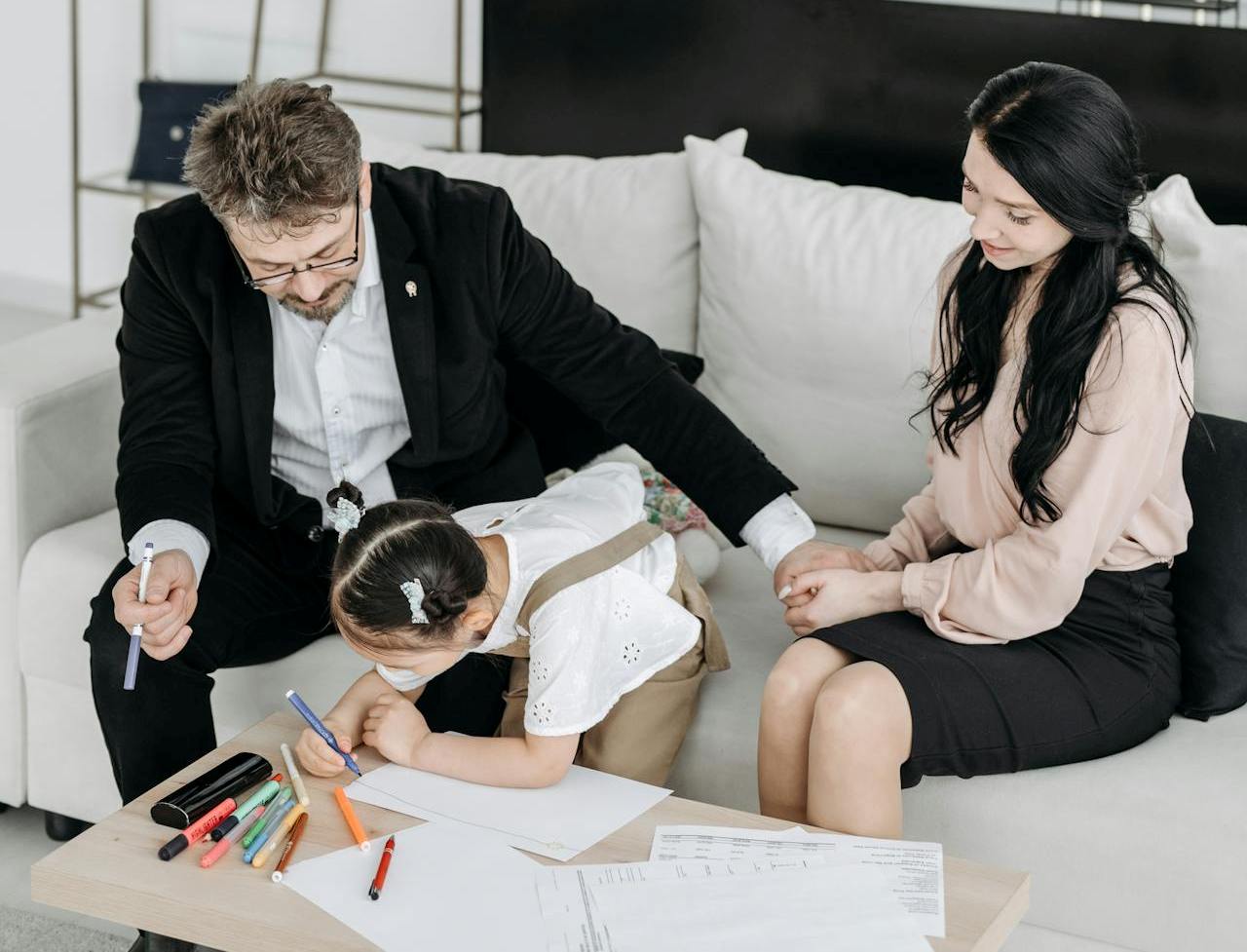Change is an inevitable part of life. Whether it’s moving to a new home, starting a new school, or adapting to family changes, children will face transitions that can feel overwhelming. As parents, our role is to help them develop the resilience and confidence to embrace change rather than fear it.
Here are some practical ways to teach your child how to navigate change with a positive mindset:
Talk About Change Openly
Children from private sixth forms thrive on routine and predictability, so unexpected changes can be unsettling. To ease their anxiety, talk about upcoming changes in an open and age-appropriate way. Explain what will happen, why it’s happening, and how it might make them feel. Giving them a clear understanding helps eliminate unnecessary fear.
Acknowledge Their Feelings
Change can bring out a mix of emotions—excitement, nervousness, sadness, or even frustration. Let your child know that it’s okay to feel this way. Instead of dismissing their worries with “You’ll be fine,” try saying, “I understand that this feels scary, and that’s okay. I’m here to help you through it.”
Model a Positive Attitude Toward Change
Children learn by watching us. If they see you handling change with optimism and resilience, they’ll be more likely to do the same. Instead of expressing stress or fear about change, demonstrate a growth mindset by saying things like, “This is different, but I know we’ll figure it out together!”
Encourage Problem Solving Skills
Help your child see change as a challenge they can handle. Ask questions like, “What’s one thing you can do to make this transition easier?” or “How can we turn this into an adventure?” Encouraging problem solving fosters confidence and adaptability.
Create a Sense of Stability
Even when big changes happen, maintaining familiar routines can provide comfort. Whether it’s keeping bedtime stories, family dinners, or weekend activities consistent, these small rituals help children feel grounded in the midst of change.
Teach Flexibility Through Small Changes
You can help your child build adaptability by introducing small, everyday changes—trying new foods, taking different routes to school, or switching up weekend plans. The more they experience little changes, the more comfortable they’ll be when bigger transitions arise.
Highlight the Positives of Change
Every change, even the difficult ones, brings opportunities for growth. If your child is starting a new school, focus on the exciting aspects: making new friends, joining new clubs, and learning new things. Help them see change as an adventure rather than a loss.
Read Books About Change Together
Stories can be powerful tools for teaching kids about change. Books like The Kissing Hand by Audrey Penn (for separation anxiety) or Oh, the Places You’ll Go! by Dr. Seuss (about embracing life’s journey) can help children relate to and understand change in a comforting way.
Celebrate Their Courage
Recognising your child’s efforts to face change helps build their confidence. Praise their bravery when they step into a new situation: “I saw how nervous you were on your first day, but you did it! I’m so proud of you.” Celebrating their resilience reinforces that they can handle change successfully.
Teaching your child to embrace change is one of the most valuable life skills you can give them. By fostering a mindset of resilience, adaptability, and optimism, you’re preparing them to navigate life’s inevitable transitions with confidence and courage.
